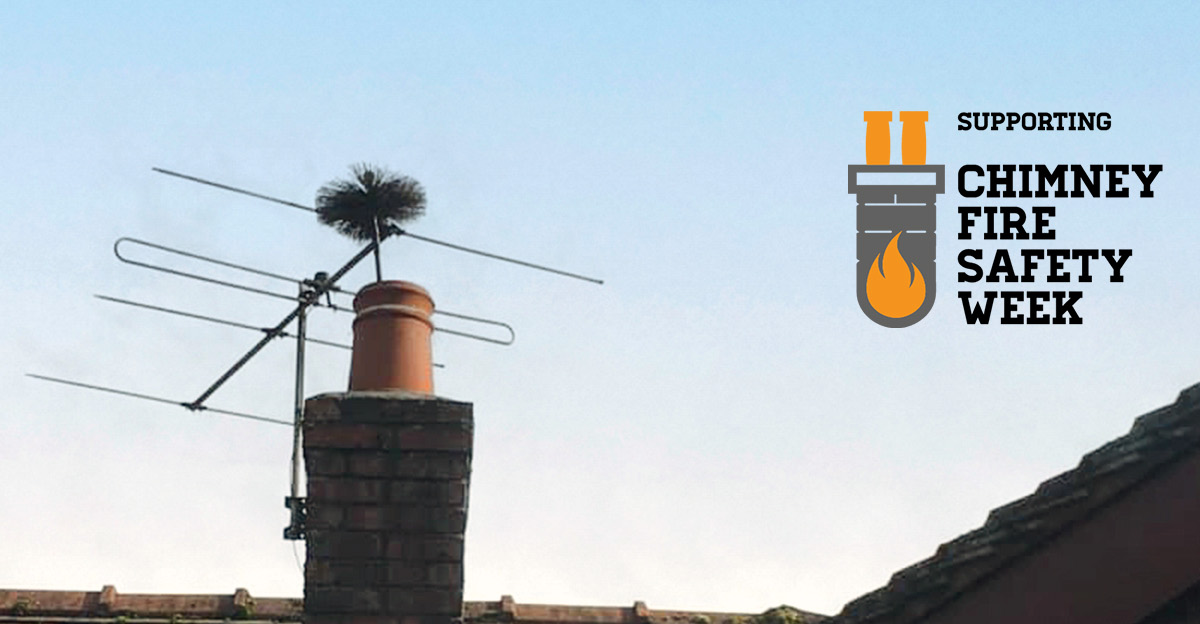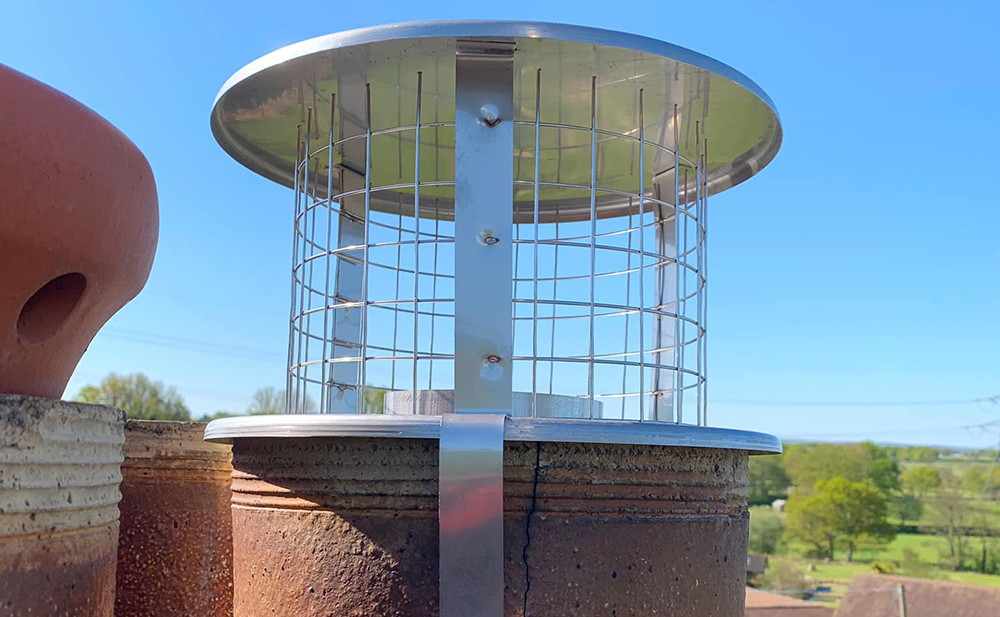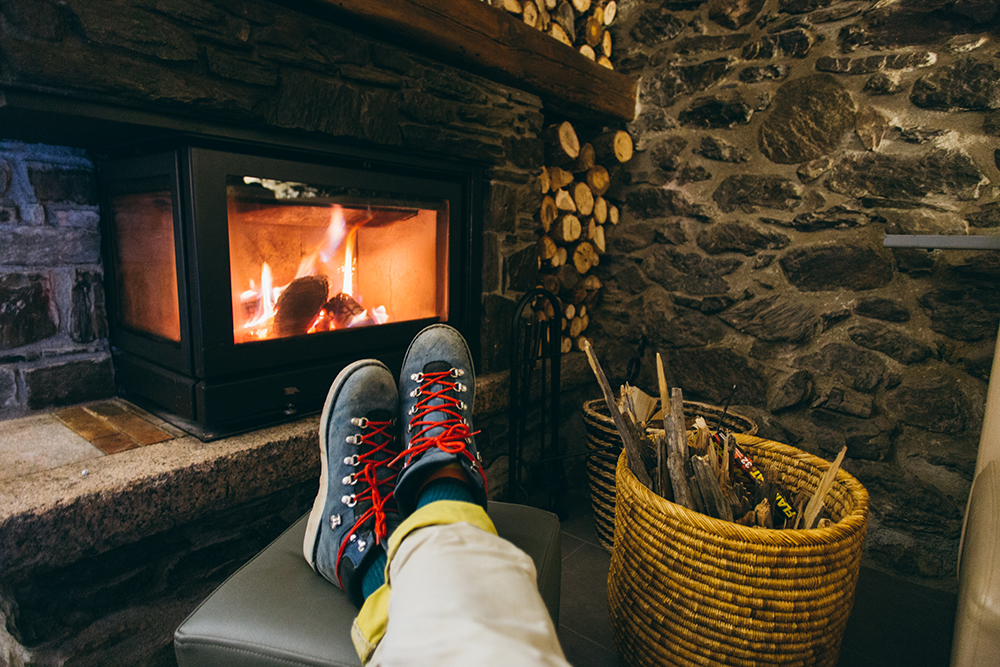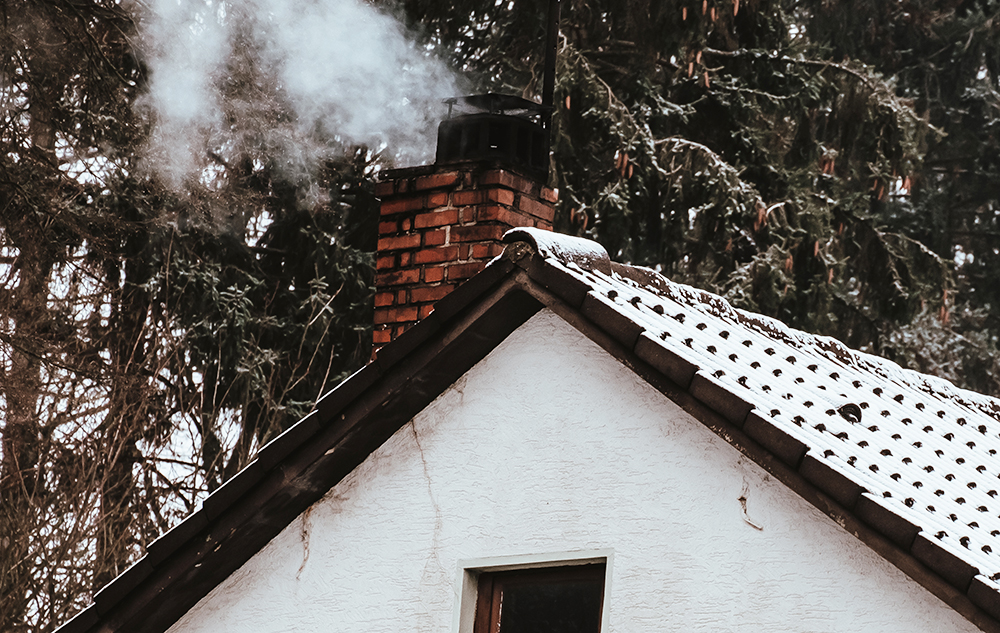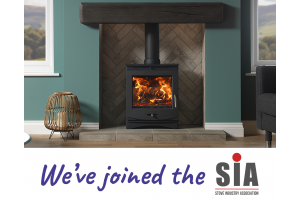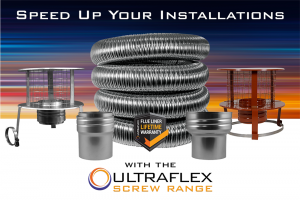We’re supporting this year’s national Chimney Fire Safety Week and want to remind everyone that it’s important to book a chimney sweep before lighting your stove for the first time this winter.
Regular chimney sweeping is essential for removing soot, bird nests, cobwebs, and other blockages. It also eliminates creosote build-up, a highly flammable substance that can lead to dangerous chimney fires.
Always consult a reputable chimney sweep for the best advice and service. The HETAS website has a handy search facility, where you can easily search by postcode to find registered chimney sweeps in your area: Find an approved sweep near you.
This is also a good time to check your stove is ready for use and perform any essential maintenance to ensure your stove is ready to go when you need it.
Some tips to make sure your home stays safe this winter inclu




